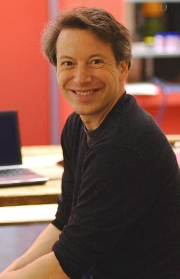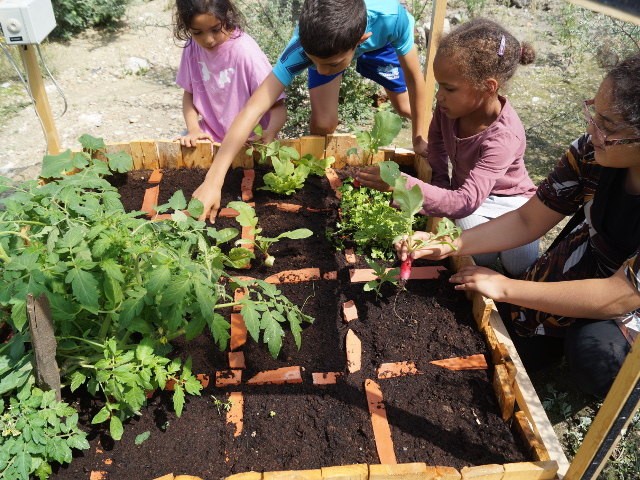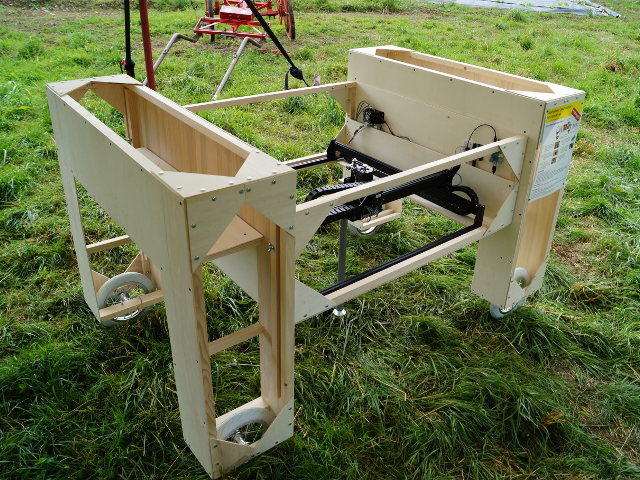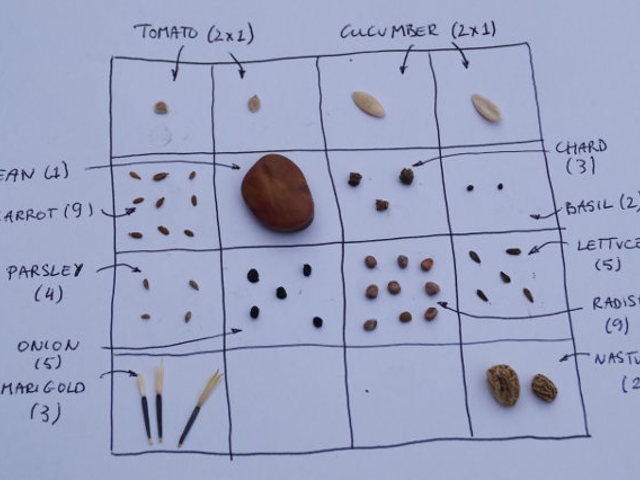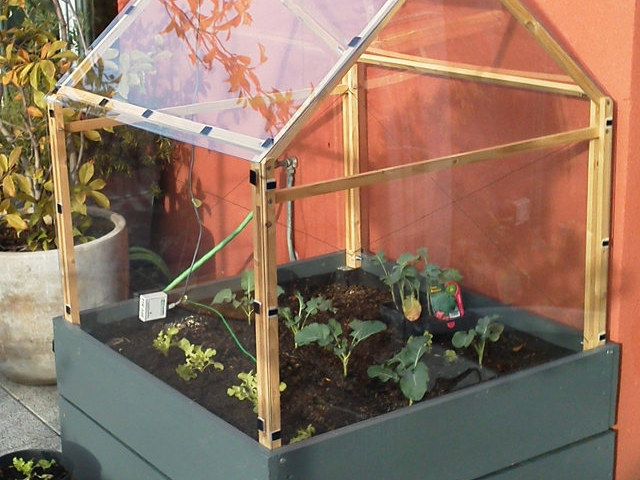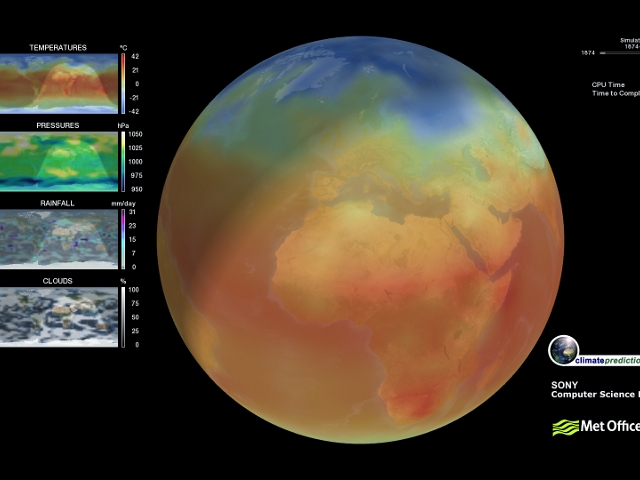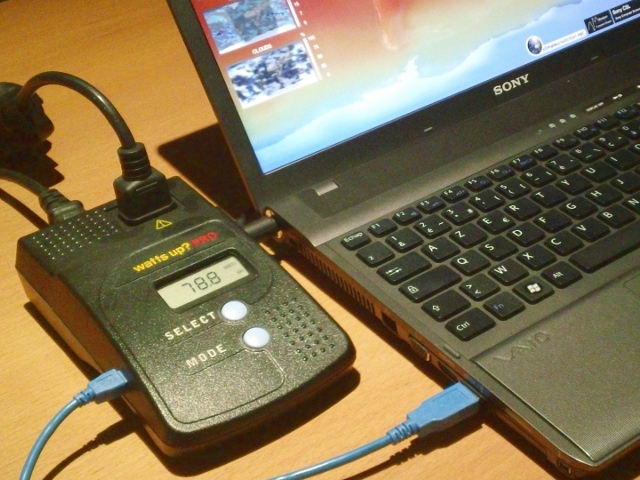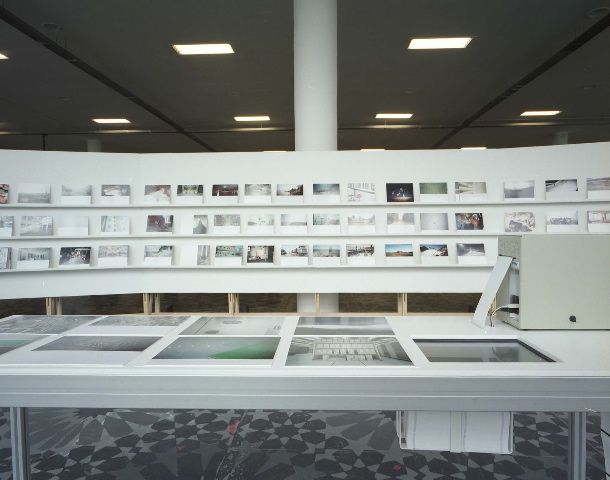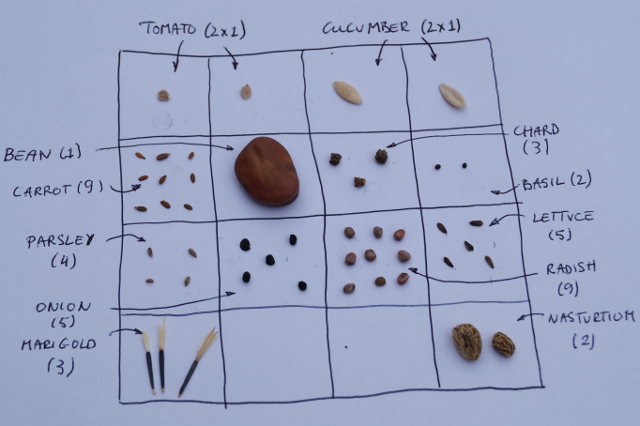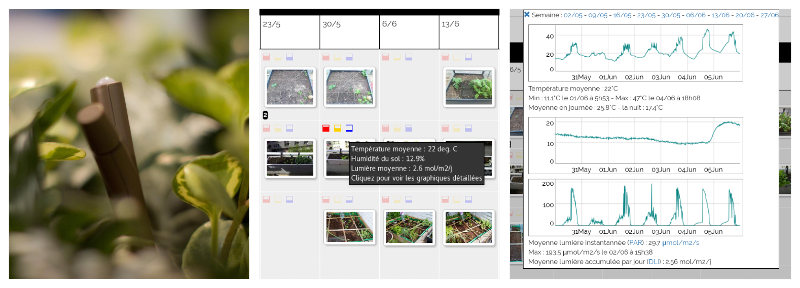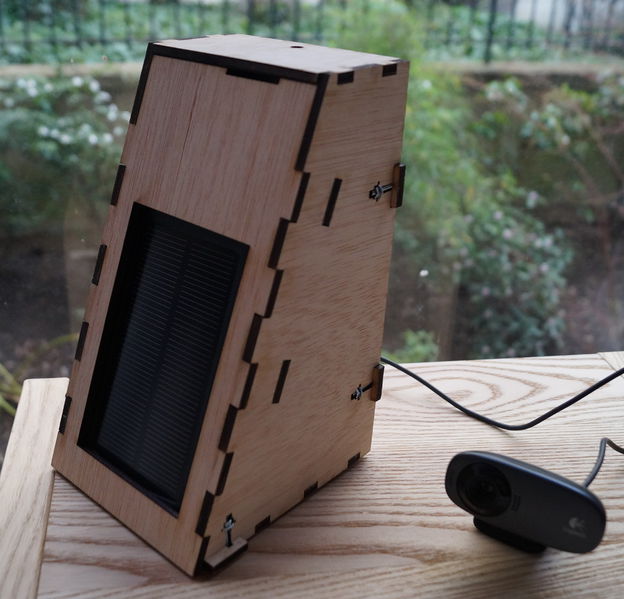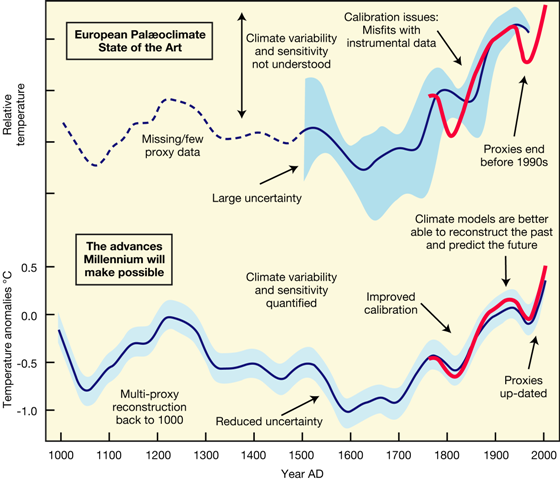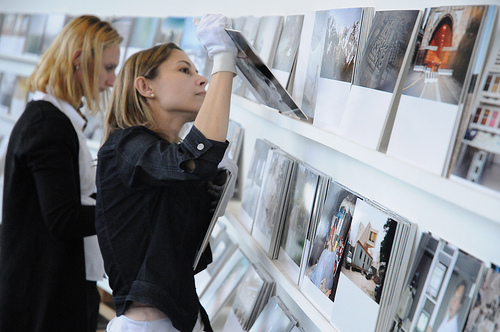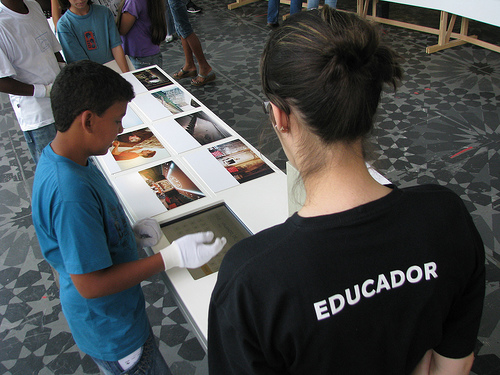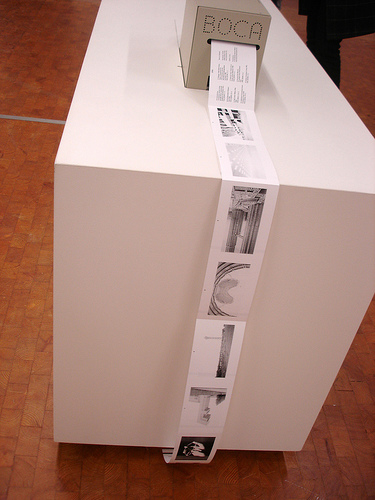Hanappe P., Dunlop R., Maes A., Steels L. and Duval N.
Agroecology: A Fertile Field for Human Computation.
Human Computation Journal,
2016. (Accepted for publication).
2016
Funabashi, M., Hanappe, P., Isozaki, T., Maes A., Sasaki, T., Steels, L. and Yoshida, K.
Foundation of CS-DC e-laboratory: Open Systems Exploration for Ecosystems Leveraging.
Proceedings of Complex Systems Digital Campus '15 (CS-DC'15), Phoenix, Arizona (USA), Sept. 28-Oct. 2,
2015
2015
Hanappe, P., Beurivé, A., Laguzet, F., Steels, L., Bellouin, N., Boucher, O., Yamazaki, Y.H., Aina, T. and Allen, M.
FAMOUS, faster: using parallel computing techniques to accelerate the FAMOUS/HadCM3 climate model with a focus on the radiative transfer algorithm.
Geoscientific Model Development,
4(3):835-844, 2011
2011
Hanappe, P.
Laptops Unite! Supercomputer for climate simulation.
In Wynants, M. and Engelen, S., editor,
We Can Change the Weather: 101 Cases of Changeability,
Crosstalks, pages 46-47,
VUBPress Brussels University Press.
2010
2010
Maisonneuve, N., Stevens, M., Niessen, M. E., Hanappe, P. and Steels, L.
Citizen Noise Pollution Monitoring.
dg.o '09: Proceedings of the 10th Annual International Conference on Digital Government Research (Puebla,Mexico; May 17-20,2009),
May
2009
Digital Government Society of North America / ACM Press.
2009
Aurnhammer, M., Hanappe, P. and Steels. L.
Integrating Collaborative Tagging and Emergent Semantics for Image Retrieval.
Proceedings WWW2006, Collaborative Web Tagging Workshop,
May
2006
2006
Aurnhammer, M., Hanappe, P. and Steels, L.
Augmenting Navigation for Collaborative Tagging with Emergent Semantics.
International Semantic Web Conference,
2006
2006
Steels, L. and Hanappe, P.
Interoperability Through Emergent Semantics A Semiotic Dynamics Approach..
Journal on Data Semantics VI,
Lecture Notes in Computer Science, pages 143-167,
Springer Berlin / Heidelberg.
2006
2006
Hanappe, Peter
Building Open Ecosystems for Collaborative Creativity.
In Wynants, M and Cornelis, J, editor,
How Open is the Future? Economic, Social & Cultural Scenarios inspired by Free and Open Source Software.,
Crosstalks (vol. 1), pages 191-230,
VUB Brussels University Press.
2005
http://crosstalks.vub.ac.be
2005
Aucouturier, J.-J., Pachet, F. and Hanappe, P.
From Sound Sampling To Song Sampling.
Proceedings of the International Conference on Music Information Retrieval (ISMIR),
pages 1-8,
Barcelona, Spain,
2004
University Pompeu Fabra
2004
Pachet, F., Delerue, O. and Hanappe, P.
MusicSpace goes Audio.
In Roads, C., editor,
Sound in Space,
Santa Barbara,
2000
CREATE.
2000
Pachet, F., Delerue, O. and Hanappe, P.
Dynamic Audio Mixing.
In I. Zannos, editor,
Proceedings of ICMC,
pages 133-136,
Berlin,
2000
ICMA.
2000
Hanappe, P.
Design and implementation of an integrated environment for music composition and synthesis.
University of Paris 6,
1999
1999
